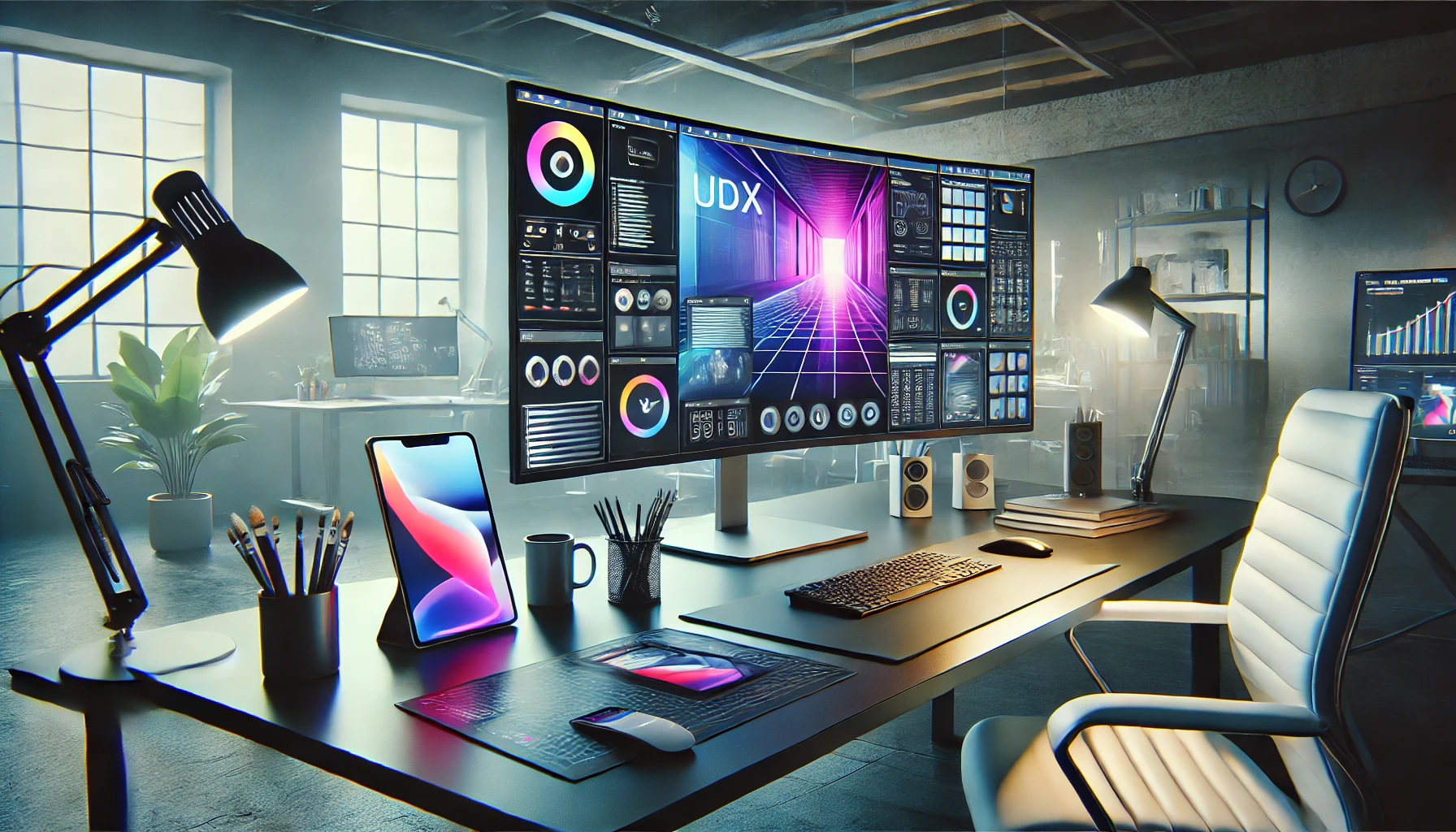
| Author: Abdullah Ahmed | Category: UI/UX Design
10 UI/UX Design Trends That Will Shape 2025
In 2025, design isn’t just about aesthetics; it’s about experience, empathy, and engagement. As the famous designer Dieter Rams once said, Good design is as little design as possible.
Simplicity is timeless, but the ways we achieve it are constantly evolving. UI/UX design trends are no longer driven just by technology; they’re shaped by culture, user behavior, and the blending of the physical and digital worlds. Here are the trends that will define the future of user interfaces and experiences.
Hyper-Personalization Through AI
Imagine opening an app and finding every element tailored to your unique preferences. AI-driven personalization isn’t new, but it’s reaching new levels in 2025. Designers are using AI to analyze user behavior and adapt interfaces in real-time. Think dynamic dashboards that evolve based on what you do most or voice assistants that anticipate your needs before you speak. Actionable takeaway: Start integrating machine learning algorithms into your designs now. Tools like TensorFlow or IBM Watson can give you a head start.
The Rise of Micro-Interactions 2.0
Micro-interactions are the unsung heroes of user delight. In 2025, these small animations and feedback loops will do more than entertain—they’ll guide users through complex interfaces. For example, imagine a progress bar that not only shows completion but also offers motivational messages. These tiny details enhance usability and create emotional connections. Designers should focus on subtlety; overdoing animations can frustrate users. Tools like LottieFiles make it easy to create lightweight, impactful micro-interactions.
Inclusive Design as a Standard
Accessibility isn’t a bonus; it’s a requirement. In 2025, inclusivity in design will go beyond screen readers and text resizing. It will involve designing for neurodiverse users, those with temporary impairments, and even cultural differences. Think voice commands for users with limited mobility or dark mode options for those with light sensitivity. Want to start today? Familiarize yourself with Web Content Accessibility Guidelines (WCAG) and integrate them into your design process.
Voice-First Interfaces Evolving
Voice interfaces are stepping out of their infancy. By 2025, expect them to be more intuitive and context-aware. Instead of robotic commands, users will experience natural conversations. Think apps where you can say, Show me trending shoes under $100
and get instant results. As a designer, you’ll need to focus on conversational flows and voice UI patterns. Tools like Adobe XD now offer plugins to prototype voice interactions.
Neumorphism Gets a Practical Makeover
Neumorphism made waves for its realistic depth and shadows, but many criticized it for poor accessibility. In 2025, it’s coming back with a twist: practicality. Designers are blending neumorphism’s aesthetic appeal with functional accessibility. Subtle shadows paired with high-contrast colors will ensure usability for all. Experiment with design tools like Figma or Sketch to strike the right balance.
Augmented Reality (AR) Becomes Mainstream
AR is no longer a novelty; it’s a necessity. From virtual try-ons in e-commerce to immersive learning apps, AR is shaping how we interact with the world. In 2025, expect AR interfaces to be more intuitive and less intrusive. Designers should prioritize seamless integration—no clunky interfaces, just fluid experiences. Start exploring AR design platforms like Unity or Adobe Aero to stay ahead.
Ethical and Sustainable Design
Users in 2025 care about more than convenience; they care about ethics. Designers will need to prioritize transparency, such as showing how data is collected and used. Additionally, sustainable design will involve creating interfaces that encourage eco-friendly behaviors. For instance, apps could nudge users to choose sustainable options or reduce screen time. Incorporating these values builds trust and loyalty.
Minimalism, But Smarter
Minimalism isn’t going anywhere, but it’s evolving. Smart minimalism is about removing distractions while ensuring every element serves a purpose. In 2025, this trend will dominate mobile and web interfaces. For example, landing pages with one clear call-to-action or apps with just the right amount of information for decision-making. Designers should leverage white space strategically and avoid overloading users with too many choices.
3D Elements and Immersive Graphics
3D design isn’t just for gaming anymore. By 2025, expect to see 3D elements in everyday interfaces, from e-commerce product previews to educational tools. The key is subtlety—3D should enhance, not overwhelm. Tools like Blender and Cinema 4D make it easier than ever to incorporate 3D elements into your designs.
Seamless Cross-Platform Experiences
In an era where users juggle multiple devices, cross-platform consistency is vital. By 2025, design systems will be more robust, ensuring that users get a seamless experience whether they’re on a smartphone, tablet, or desktop. Actionable advice: Start investing in cross-platform design frameworks like Flutter or React Native to deliver unified experiences.
